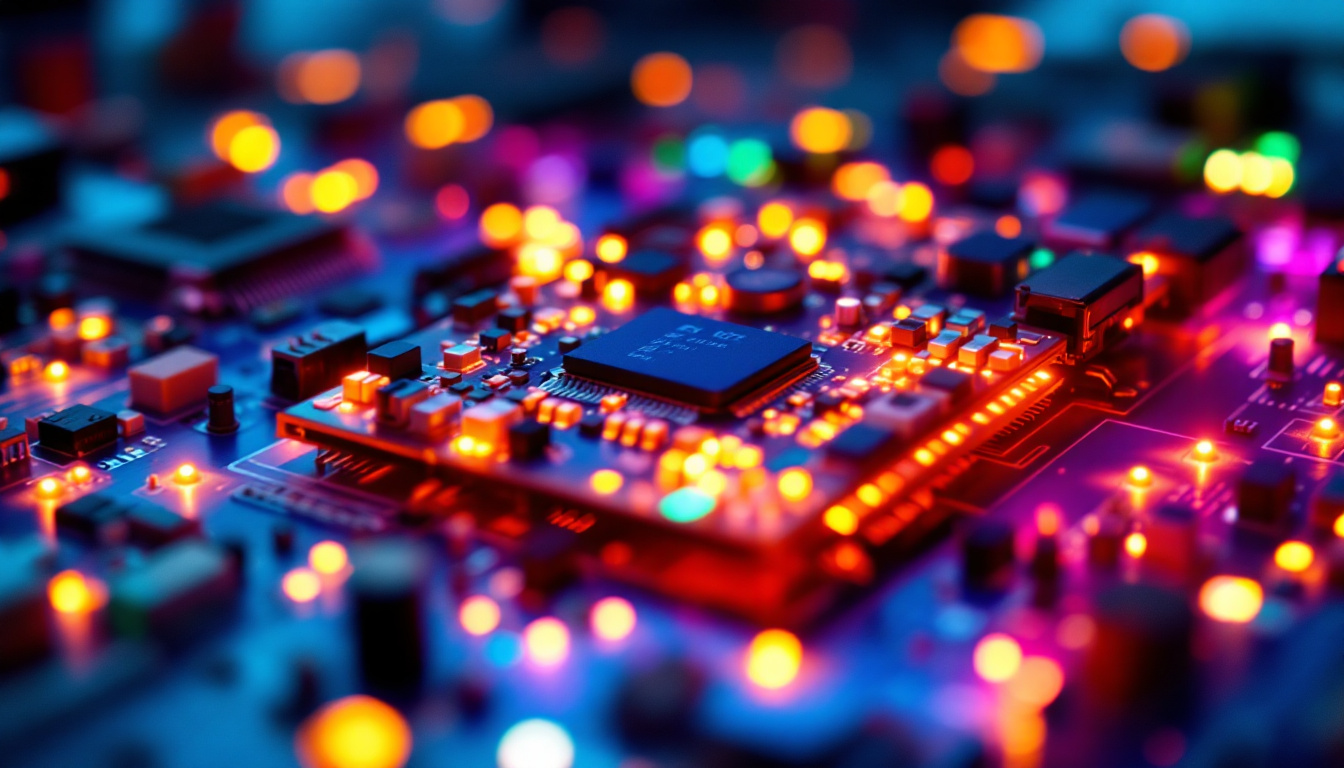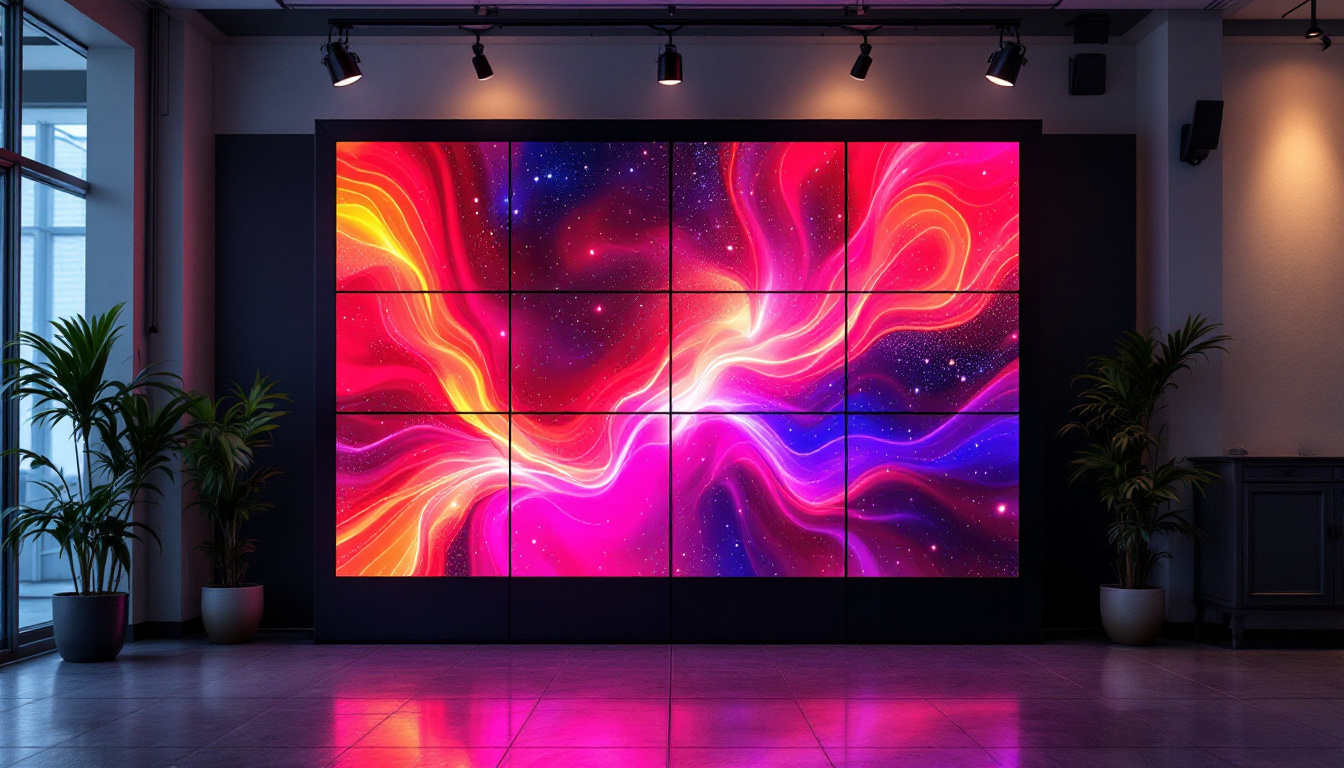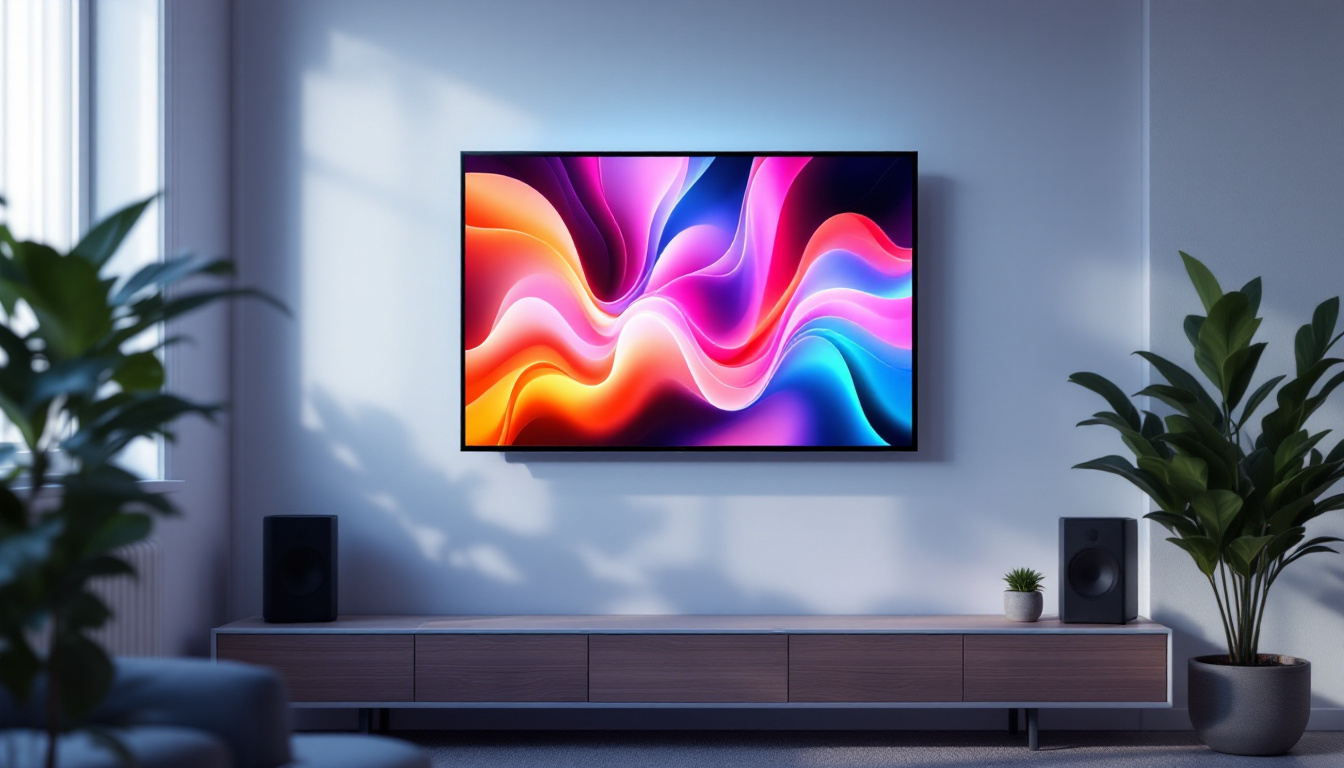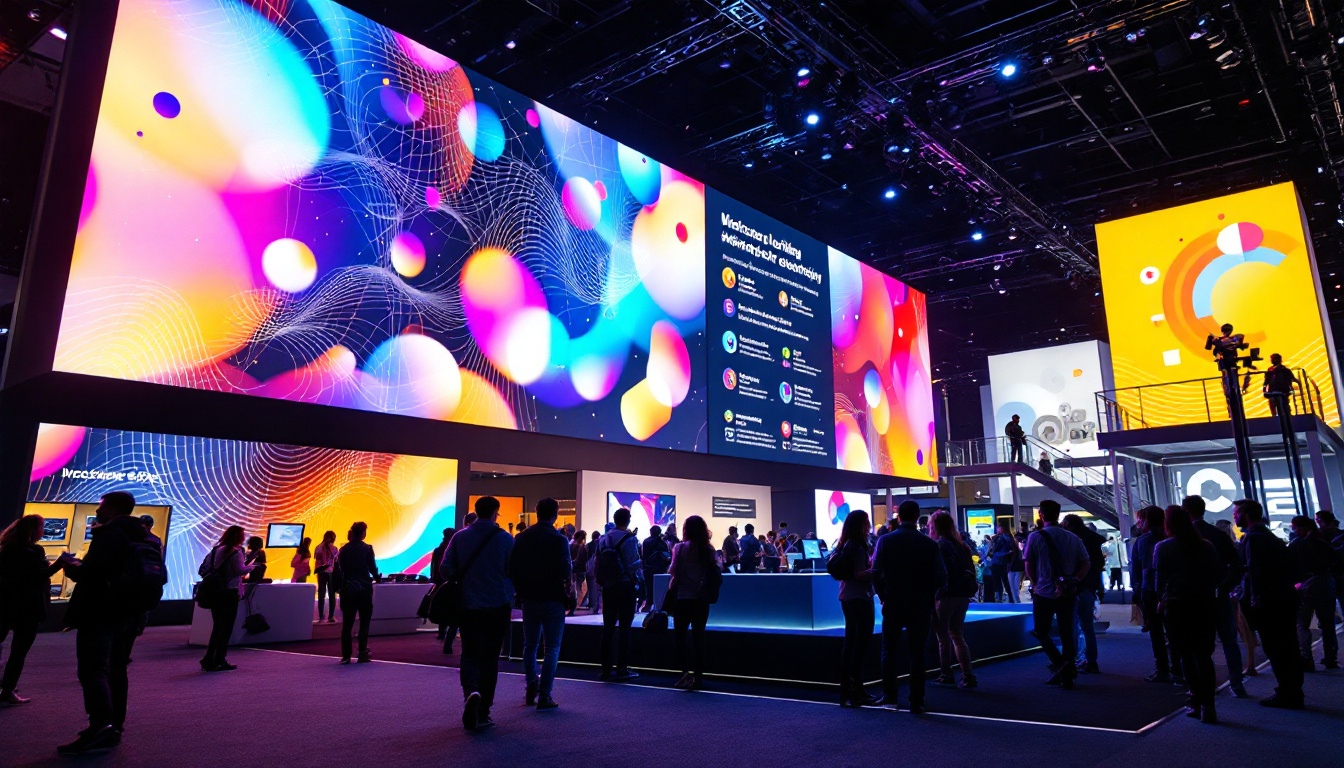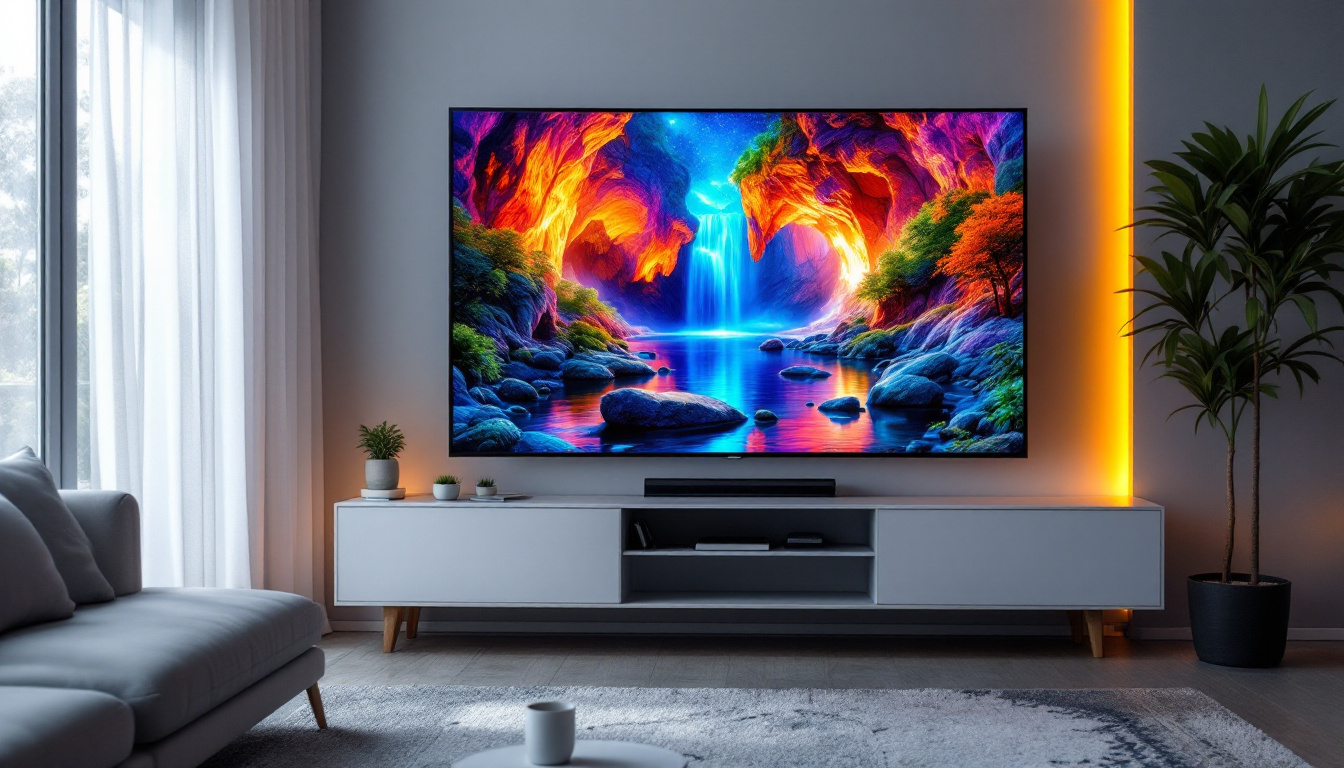Touch Screen OLED Display: LED Display Explained
In the rapidly evolving world of display technology, touch screen OLED displays have emerged as a leading innovation, combining vibrant visuals with intuitive user interaction. Understanding how these displays work, their advantages, and their applications is essential for consumers, designers, and technology enthusiasts alike. This article explores the fundamentals of OLED and LED displays, the integration of touch screen technology, and why OLED is often preferred for modern devices.
Understanding OLED and LED Display Technologies
What is OLED?
OLED stands for Organic Light Emitting Diode. Unlike traditional LED displays that rely on backlighting, OLEDs use organic compounds that emit light when an electric current passes through them. This self-emissive property allows each pixel to independently produce light, resulting in exceptional contrast ratios and deep blacks.
Because OLED pixels can be turned off completely, the display achieves true black levels, which is impossible with conventional LED-backlit LCDs. This feature enhances image quality, making OLED displays ideal for high-definition content, gaming, and professional media consumption. Furthermore, the vibrant colors produced by OLED technology are not only visually striking but also contribute to a more immersive viewing experience. Whether watching a blockbuster movie or playing the latest video game, the lifelike colors and sharp details provided by OLED displays can elevate the overall enjoyment and engagement of the content.
How Does LED Display Technology Work?
LED displays typically refer to LCD panels illuminated by Light Emitting Diodes (LEDs) as a backlight. These LEDs do not emit light directly to create images; instead, they shine through liquid crystals that modulate the light to form the picture. While LED-backlit LCDs have improved brightness and energy efficiency compared to older CCFL-backlit LCDs, they cannot achieve the same contrast and black levels as OLEDs. Additionally, advancements in LED technology, such as local dimming, have sought to enhance the performance of these displays by allowing specific areas of the backlight to dim or brighten independently, thus improving contrast ratios to some extent.
There are also direct-view LED displays, commonly used in large outdoor screens and billboards, which use individual LEDs as pixels. However, these are different from the LED-backlit LCDs found in most consumer electronics. Direct-view LED displays are particularly effective in bright environments, as they can produce high levels of brightness and are highly visible even in direct sunlight. This makes them a popular choice for advertising and public displays, where visibility and impact are crucial.
Key Differences Between OLED and LED Displays
Understanding the distinctions between OLED and LED displays is crucial when selecting a device or designing a product. Some of the primary differences include:
- Contrast and Black Levels: OLEDs provide true blacks by turning off pixels completely, while LED-backlit LCDs can only dim the backlight, leading to grayer blacks.
- Viewing Angles: OLED displays maintain color accuracy and brightness at wider viewing angles compared to LED LCDs.
- Response Time: OLEDs have faster response times, reducing motion blur in fast-moving images.
- Thickness and Flexibility: OLED panels are thinner and can be made flexible, enabling curved and foldable displays.
- Lifespan and Burn-in: OLEDs are susceptible to burn-in and generally have shorter lifespans than LED-backlit LCDs, though advancements have mitigated these issues.
In addition to these differences, it’s important to consider the applications for which each technology is best suited. For instance, OLED displays are often favored in high-end televisions and smartphones due to their superior picture quality and design flexibility. On the other hand, LED displays are widely used in a variety of settings, from budget-friendly TVs to computer monitors and large-scale advertising displays. The choice between these technologies ultimately depends on the specific requirements of the user, including factors such as budget, usage scenarios, and personal preferences regarding image quality and display characteristics.
The Integration of Touch Technology with OLED Displays
How Touch Screens Work
Touch screen technology allows users to interact directly with what is displayed, rather than using a mouse or keyboard. The most common touch technologies include capacitive and resistive touch screens.
Capacitive touch screens, widely used in smartphones and tablets, detect touch by measuring changes in electrical charge on the screen surface. Resistive touch screens rely on pressure applied to the screen layers. Capacitive touch is preferred for its responsiveness and multi-touch capabilities.
Interestingly, the evolution of touch technology has led to the development of advanced features such as haptic feedback, which provides tactile responses to user interactions. This innovation enhances the user experience by simulating the sensation of pressing a physical button, making touch interactions feel more intuitive and satisfying. Additionally, advancements in gesture recognition have enabled users to perform complex commands through simple hand movements, further expanding the functionality of touch screens in various applications.
Combining Touch with OLED
Integrating touch sensors with OLED displays presents unique challenges and opportunities. Since OLEDs emit light directly, adding touch sensors must not interfere with display quality or brightness. Manufacturers typically use transparent conductive materials like indium tin oxide (ITO) to create touch-sensitive layers without compromising the display’s vividness.
One significant advantage of OLED touch screens is their thinness and flexibility, allowing for sleeker device designs and innovative form factors such as foldable phones and curved smartwatches. The ability to create displays that can bend and flex opens up a world of possibilities for designers and engineers, enabling the creation of devices that can adapt to various user needs and preferences. Furthermore, this flexibility allows for the integration of touch interfaces into unconventional surfaces, such as furniture or automotive dashboards, enhancing the overall user experience across different environments.
Advantages of Touch Screen OLED Displays
Touch screen OLED displays offer several benefits:
- Enhanced Visual Experience: The combination of vibrant OLED colors and responsive touch input creates an immersive user experience.
- Energy Efficiency: Since OLED pixels emit light individually, power consumption is lower when displaying darker images, extending battery life in portable devices.
- Design Flexibility: Thin, lightweight, and flexible OLED panels enable innovative device designs that are not possible with traditional LCDs.
- Improved Durability: Advances in encapsulation and materials have increased the robustness of OLED touch screens against environmental factors.
Moreover, the rapid advancements in OLED technology have led to improvements in color accuracy and contrast ratios, making them ideal for applications requiring precise visual representation, such as graphic design and video editing. The deep blacks produced by OLED displays enhance the overall visual quality, providing a more engaging experience for users. Additionally, the integration of touch technology with OLED displays has paved the way for new interactive applications in fields like education and gaming, where tactile engagement can significantly enhance learning and entertainment experiences.
Applications of Touch Screen OLED Displays
Consumer Electronics
Touch screen OLED displays have become standard in many consumer electronics, including smartphones, tablets, and smartwatches. Leading smartphone manufacturers have adopted OLED technology for flagship models due to its superior image quality and energy efficiency. For example, the use of OLED in devices like the Samsung Galaxy series and Apple’s iPhone has set new benchmarks for display performance.
Wearable devices benefit from OLED’s flexibility and thinness, enabling curved and wrap-around screens that conform to the wrist or other body parts.
Automotive Displays
The automotive industry increasingly incorporates touch screen OLED displays in dashboards, infotainment systems, and heads-up displays. OLED’s high contrast and wide viewing angles improve visibility under various lighting conditions, enhancing driver safety and user experience.
Flexible OLED panels also allow for innovative interior designs, integrating seamlessly into curved surfaces and reducing glare.
Industrial and Medical Devices
In industrial settings, touch screen OLED displays are used in control panels and diagnostic equipment where clarity and responsiveness are critical. Medical devices leverage OLED’s high resolution and color accuracy for imaging and monitoring applications, facilitating precise diagnostics.
Challenges and Future Trends in Touch Screen OLED Technology
Current Challenges
Despite its advantages, OLED technology faces several challenges:
- Burn-in Risk: Prolonged display of static images can cause permanent pixel degradation, known as burn-in. Manufacturers implement software solutions like pixel shifting to mitigate this effect.
- Manufacturing Costs: OLED panels are generally more expensive to produce than LED-backlit LCDs, impacting device pricing.
- Lifespan Limitations: Blue OLED materials tend to degrade faster, potentially reducing overall panel longevity.
Emerging Innovations
Research and development are addressing these challenges with promising advancements:
- MicroLED Technology: Combining the benefits of OLED and LED, microLED displays offer higher brightness and longer lifespans, with potential for touch integration.
- Improved Materials: New organic compounds and encapsulation techniques are extending OLED lifespan and reducing burn-in risks.
- Flexible and Foldable Displays: Continued innovation in flexible OLEDs is enabling new device categories, such as foldable smartphones and rollable tablets, expanding user interaction possibilities.
Market Growth and Adoption
The global OLED display market is projected to grow at a compound annual growth rate (CAGR) of approximately 15% over the next five years, driven by increasing demand in consumer electronics and automotive sectors. This growth reflects the technology’s maturation and expanding application base.
As manufacturing costs decrease and technology improves, touch screen OLED displays are expected to become more accessible across a broader range of products, from budget smartphones to advanced medical devices.
Conclusion
Touch screen OLED displays represent a significant leap forward in display technology, offering unparalleled image quality, design flexibility, and user interactivity. By understanding the distinctions between OLED and LED displays, the integration of touch technology, and the practical applications, consumers and industry professionals can better appreciate the value and potential of this technology.
While challenges like burn-in and cost remain, ongoing innovations promise to enhance OLED’s durability and affordability. As the market continues to expand, touch screen OLED displays are poised to become the standard for immersive, responsive, and visually stunning interfaces across multiple industries.
Discover LumenMatrix’s Innovative LED Solutions
As you embrace the future of touch screen OLED displays, consider the transformative potential of LED technology for your visual communication needs. LumenMatrix, a pioneer in LED display innovation, offers a diverse range of solutions tailored to bring your brand to life. From Indoor and Outdoor LED Wall Displays to specialized solutions like Vehicle and Sports Displays, LumenMatrix is committed to enhancing your brand’s visibility with captivating visual experiences. Explore the possibilities and check out LumenMatrix LED Display Solutions to see how they can empower your business to communicate with impact and precision.







